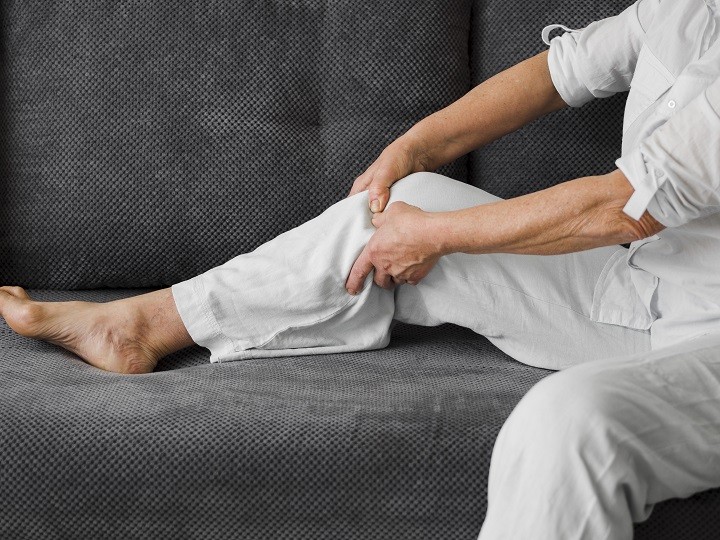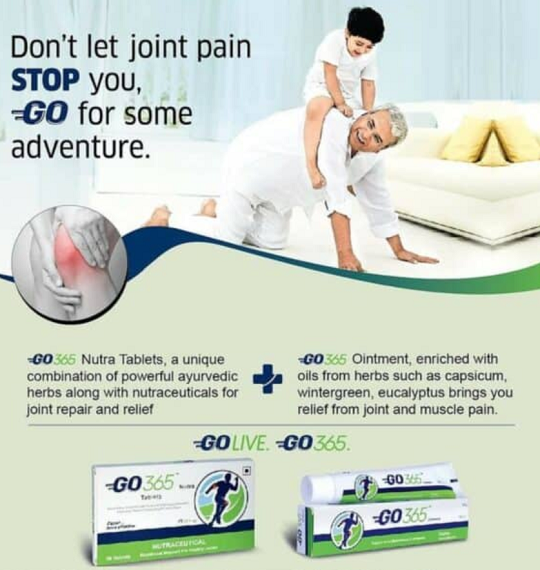
Joint discomfort is a typical problem, especially as we age, and it frequently gets worse in the winter. Around one-third of Americans claim to experience joint pain this time of year, which can affect different body regions such as the knees, shoulders, and hips. The most frequently reported pain is knee pain, which is followed by shoulder and hip pain.
Impact of Winter on Joint Pain:
Several joint disorders might get worse over the winter, making them more painful:
Osteoarthritis (O.A.) is the most common type of arthritis and is a "wear and tear" condition. Winter can make joint and muscle stiffness worse and make it harder to move around.

An autoimmune condition called rheumatoid arthritis (RA) causes the body to attack its own tissues. Increased R.A. flare-ups that result in excruciating pain, edema, and stiffness can occur in both the winter and the summer.
Strains, sprains, and other injuries: Injuries may hurt more during the winter, which frequently impairs mobility.
The Relationship Between Increased Joint Pain and Winter:
Although there is insufficient proof of a direct connection, scientists have put out a number of theories:
Joint Pain and Air Pressure: A decrease in atmospheric air pressure can result in swelling of tendons, muscles, joints, or scar tissue, which intensifies pain.
Joint Fluid and Cold Environments: Joint fluid can become thicker in cold environments, stiffening joints and increasing pain.
Tight Muscle: Muscle contraction and tightening brought on by a cold environment can limit movement and exacerbate joint pain.
Decreased Blood Supply: Wintertime's chilly environment causes the body to direct more blood into essential organs, decreasing blood flow to peripheral joints, which can exacerbate discomfort.
Joint Pain and Vitamin D: Lower levels of Vitamin D are caused by less wintertime sun exposure, which can result in more severe joint pain.
How to Manage Joint Health in Winter:
Even though there is conflicting scientific evidence, you might attempt these easy strategies to reduce joint pain in the winter.
When going outside, wear warm clothing such as caps, scarves, and gloves. Think about putting on tights, leggings, or a wrap to keep your knees warmer.
To increase circulation and release muscles, use moist heat, like that found in a warm bath.
Keep moving; exercise helps to build bone and muscle strength surrounding your joints, which relieves pressure. Excellent options include heated pool yoga and swimming.
Avoid exerting yourself excessively when performing daily duties, and ask for assistance when carrying anything heavy.
Maintain a healthy weight with good eating and consistent exercise because carrying extra weight puts extra strain on your joints.
Think about glucosamine, chondroitin, and vitamin D pills for joint pain. Products like the GO365 Tablets from Vedistry can promote cartilage health.
Make sure you get enough sleep because a lack of it might make discomfort worse.
To divert your attention from discomfort, maintain a cheerful attitude and partake in things that make you happy.
Explore localized uses for medications like the chili pepper compound Capsaicin, which may be used to treat joint pain. Endorphins that prevent pain are released when capsaicin is consumed. When compared to traditional medications, the Capsaicin-enriched GO365 ointment can help relieve joint pain efficiently and safely.